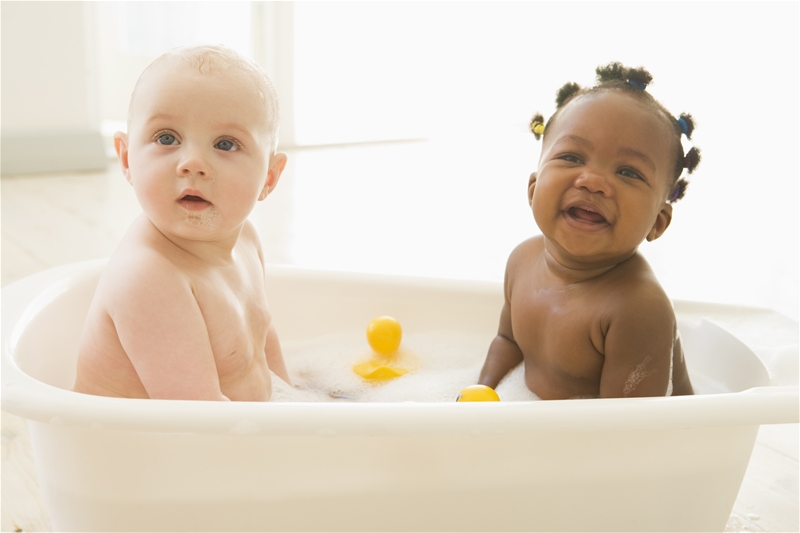
Somebody’s finally getting fired up. And it’s about time.
In March of this year, the Campaign for Safe Cosmetics (CSC) reported that most of the children’s bath products they tested were contaminated with two chemicals linked to cancer and skin allergies. Later that same month, acting on behalf of parents or other consumers who had purchased the products, Hagens Berman Sobol Shapiro (HBSS) took Johnson & Johnson, Proctor & Gamble, Kimberley Clark, and other manufacturers to court.
“Parents are frightened by these findings, and rightly so,” said Steve Berman, attorney representing the plaintiffs and managing partner of Seattle-based HBSS.
According to the study, 82 percent of products contained at least 54 parts per million of formaldehyde and 1,4-dioxane. The results are disturbing for anyone, not just parents-these chemicals are found in many brand-name personal-care products. 1,4 dioxane is a known animal carcinogen and penetrates readily into the skin. The U.S. National Toxicology Program lists formaldehyde as “reasonably anticipated to cause cancer.” It’s also known to cause allergic reactions, contact dermatitis, headaches and chronic fatigue. And both these chemicals are listed as probable human carcinogens by the Environmental Protection Agency.
Unfortunately, neither one appears on the ingredient deck, so it’s difficult to tell if you’re being exposed. Both are by-products of the manufacturing process, created as a result of reactions between the other ingredients. You can watch out for “sodium myreth sulfate,” “PEG,” “oxynol,” “ceteareth,” “oleth,” and “polyethylene,” which are all potential precursors of 1,4 dioxane. As for formaldehyde, stay away from Quaternium-15 and other chemical preservatives that can release it. (Find out more about reading labels.)
The Personal Care Products Council (PCPC) has countered that the CSC’s report was not scientifically noteworthy, the levels of the chemicals found are not hazardous, and the FDA and the Cosmetic Ingredients Review Expert Panel have already concluded that formaldehyde in cosmetics and personal care products is safe at current levels (below 2,000ppm). However, the U.S. Consumer Product Safety Commission says, “The presence of 1,4-dioxane, even as a trace contaminant, is cause for concern.” The HBSS lawsuit calls for medical monitoring of children and anyone exposed to the products in question.
According to the CSC, manufacturers could easily remove these chemicals. (Some have already done so in organic and other more natural formulas.) Jeanne Rizzo, R.N., president and CEO of the Breast Cancer Fund, says, “There is absolutely no reason why manufacturers can’t remove hazardous chemicals in products being applied to babies’ bodies every day. Children are exposed to toxic chemicals from many sources. We need to protect them from these kinds of repeated, unnecessary exposures.” Let’s hope this lawsuit will be the first step toward doing that.
Meanwhile, there are a few toxic-free, natural baby lines that are clear of these two chemicals: we like California Baby, Earth Mama Angel Baby, and organic Erbaviva. The price for all-natural, chemical-free and organic shampoos and lotions can be a bit higher, as the ingredients and manufacturing processes are more costly. However, we’ve found these products to be more concentrated and last longer-you definitely get your money’s worth. When we realize the chemicals that are present in our standard products, and how dangerous they can be for babies and adults, switching to organics becomes a no-brainer.
Fired up over chemicals in your baby products? Please share your thoughts with us!
Photo courtesy of FadderUri, via Flickr.com.

